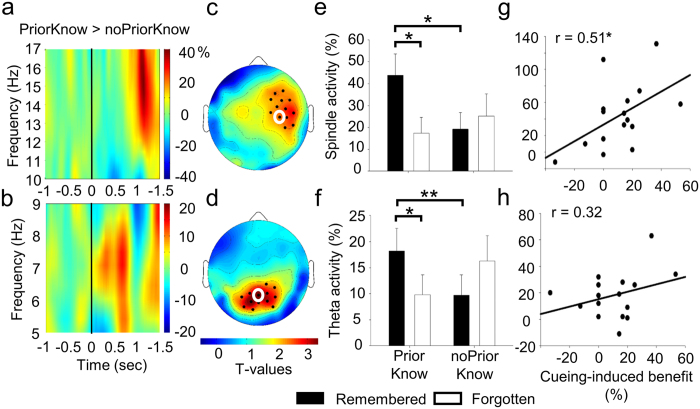Figure 3. EEG activity in response to memory cueing.
(a,b) Time-frequency plots indicate the difference in the subsequent memory effect (later remembered minus later forgotten stimuli) for stimuli related to prior knowledge (“priorKnow”) and stimuli not related to prior knowledge (“noPriorKnow”) in the theta frequency range (a, time-frequency data at electrode number 62 is indicated, for a position of this electrode on the scalp see white circle in c) and the fast spindle frequency range (b, time-frequency data at electrode number 104 is indicated, for a position of this electrode on the scalp see white circle in d). Stimuli related to prior knowledge showed a higher response than stimuli not related to prior knowledge in the theta (5–8 Hz) and in the fast spindle frequency range (14–16 Hz). (c,d) The topographical distribution of the difference in the SME is shown for mean activity in the theta band for a time interval between 500–800 ms after cue onset (d) and in the fast spindle band for a time interval between 1100–1300 ms (c). T-values are indicated. The difference in the SME was most pronounced for spindle activity in a right fronto-temporal cluster (P = 0.039, corrected for multiple comparisons) and for theta activity in a parietal cluster (P = 0.035, corrected for multiple comparisons). Significant electrodes (P < 0.05) are indicated as black dots. (e,f) Mean fast spindle and theta activity in response to later remembered and later forgotten cues is indicated for stimuli related and stimuli not related to prior knowledge. Later remembered as compared to later forgotten cues induced higher fast spindle (e) and theta activity (f) only for stimuli related to prior knowledge. Mean ± SEM are indicated. (g,h) Scatterplots indicate the correlation between fast spindle (g) and theta response (h) to remembered cues and the cueing-induced benefit (memory recall for cued minus uncued stimuli) for stimuli related to prior knowledge. Fast spindle activity but not theta activity was significantly correlated with the cueing-induced benefit. *P < 0.05; **P < 0.01.

